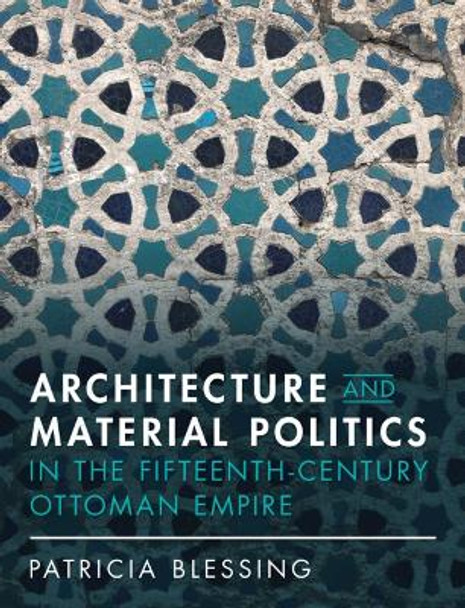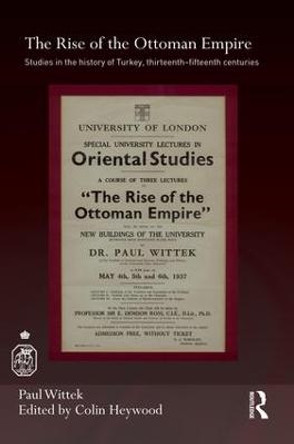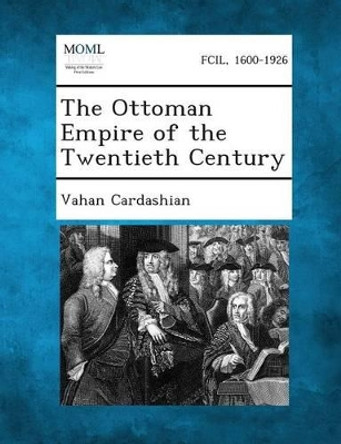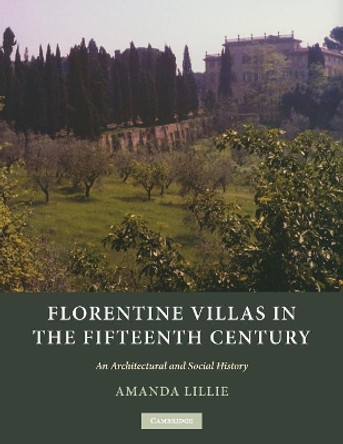In this book, Patricia Blessing explores the emergence of Ottoman architecture in the fifteenth century and its connection with broader geographical contexts. Analyzing how transregional exchange shaped building practices, she examines how workers from Anatolia, the Mediterranean, the Balkans, and Iran and Central Asia participated in key construction projects. She also demonstrates how drawn, scalable models on paper served as templates for architectural decorations and supplemented collaborations that involved the mobility of workers. Blessing reveals how the creation of centralized workshops led to the emergence of a clearly defined imperial Ottoman style by 1500, when the flexibility and experimentation of the preceding century was levelled. Her book radically transforms our understanding of Ottoman architecture by exposing the diverse and fluid nature of its formative period. It also provides the reader with an understanding of design, planning, and construction processes of a major empire of the Islamic world.
Examines architectural design, construction practices, and participation in construction projects in the fifteenth-century Ottoman Empire.About the AuthorPatricia Blessing is Assistant Professor of Art History at Princeton University. A scholar of Islamic architecture in the eastern Mediterranean, Iberian Peninsula, and Iran, she is the author of Rebuilding Anatolia after the Mongol Conquest.
Reviews'... extremely learned and scholarly ... Recommended.' J. M. Bloom, Choice
Book InformationISBN 9781316517604
Author Patricia BlessingFormat Hardback
Page Count 296
Imprint Cambridge University PressPublisher Cambridge University Press
Weight(grams) 1050g
Dimensions(mm) 280mm * 223mm * 19mm







